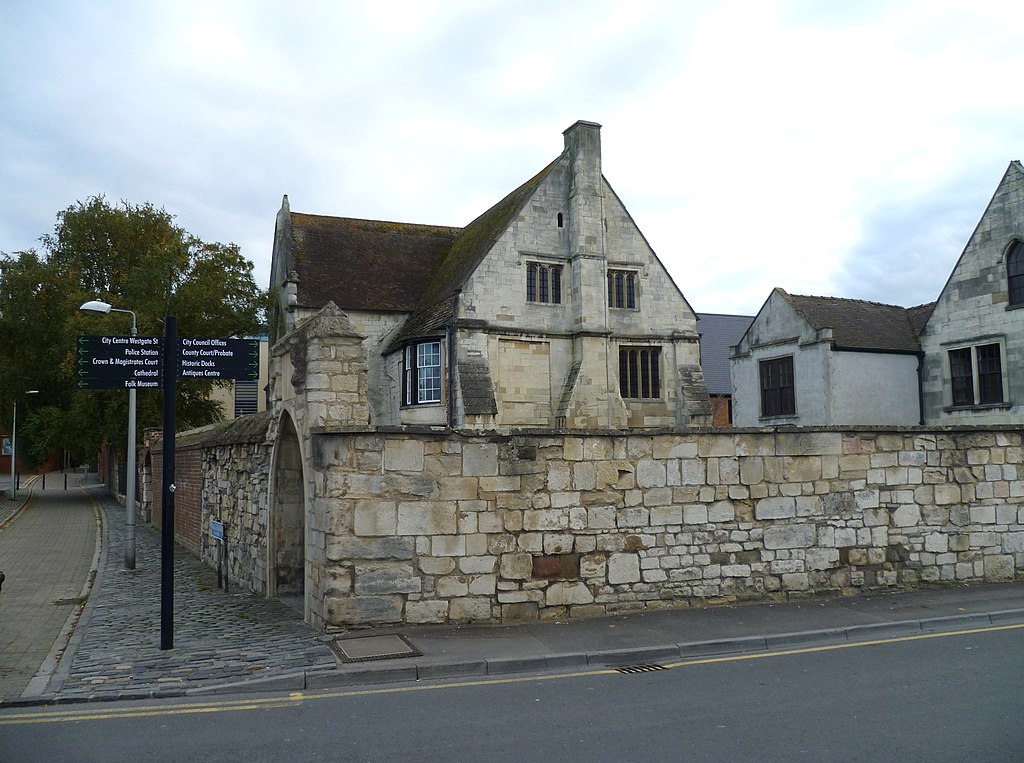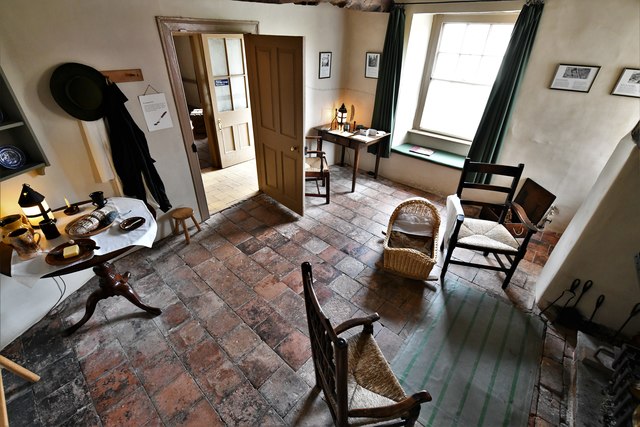Nuffield Place is an Art Deco house in the Oxfordshire Chilterns, which was once the home of the noted philanthropists Lord and Lady Nuffield. It features an Arts and Crafts style garden. a second-hand bookshop, and a shop selling memorabilia related to Lord Nuffield’s car marques; Morris, Wolseley, Riley and MG.
Lord Nuffield was born William Morris (1877-1963, not to be confused with his namesake, the author of News From Nowhere). At the age of 14, he became an apprentice at an Oxford bicycle repair shop, where he developed a passion for engineering. He worked his way up from bicycles to motorbikes to cars, creating his first car, the Morris Bullnose in 1913. Because of its heritage, Nuffield Place is a popular destination for classic car rallies.
The house is maintained by the National Trust, and preserved as it was when Lord and Lady Nuffield lived there, between 1933 and 1963. It is not ostentatious; despite the Nuffields’ great wealth, they were people of simple tastes, giving most of their money to charity (and to the British Union of Fascists, though the National Trust’s website is strangely silent about that part!) Rather, it stands as a living museum of how a comfortably-off family would have lived in the mid-20th century. It is also home to the only roadworthy vehicle in the National Trust’s collection, a 1939 Wolseley Eight formerly owned by Lady Nuffield.
The four acres of garden contain three lawns, a rock garden, and a variety of winding paths. The National Trust is using old photos to restore it to the way it would have looked in the 1950s.
The house is on the Ridgeway Trail, and is served by the Oxford Bus Company’s Connector 23 bus route between Henley-on-Thames (the nearest railway station), Wallingford and Didcot. The Satnav postcode is RG9 5RY.





